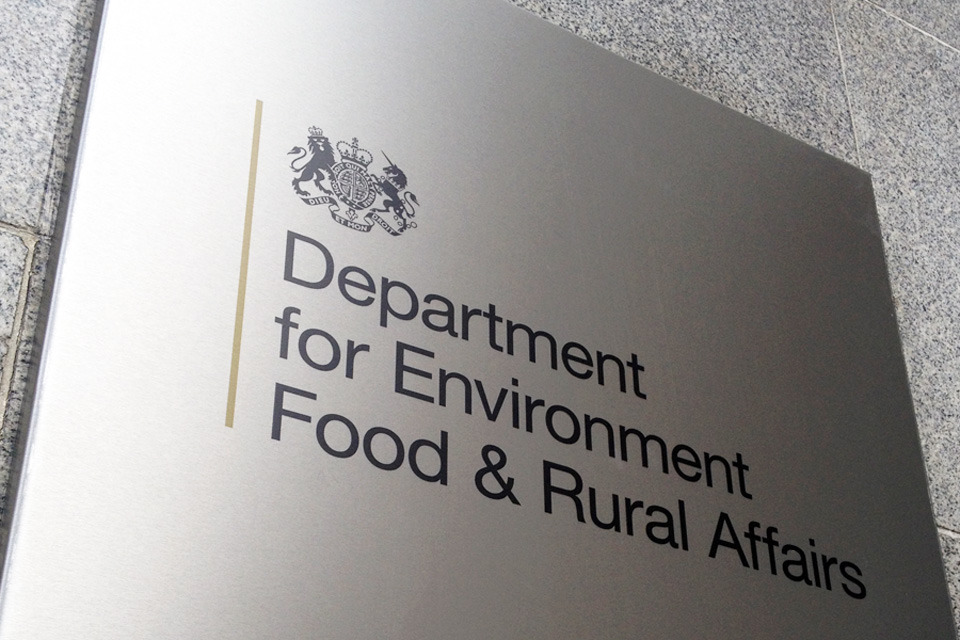The department has trained a machine learning system on thousands of cases to identify and flag characteristics considered as significant indicators of the risk of payment cessation, PublicTechnology can reveal
The Department for Work and Pensions has deployed an artificial intelligence tool to identify parents that are most at risk of defaulting on child maintenance payments.
It is understood that the machine learning-powered system is used to monitor and assess thousands of cases supported by the department’s Collect and Pay Service – through which separated parents can manage payments agreed under the terms of their mutual Child Maintenance arrangement.
The tool, which was developed internally by the DWP, is designed to spot patterns that suggest a parent might be at risk of stopping their payments. Government caseworkers then take the insights provided by the technology and contact the person in question to ascertain whether there has been any change in their circumstances, and discuss any actions that can be undertaken to help ensure there is no cessation in support, PublicTechnology understands.
The existence – and the impact – of the platform was referenced during a recent appearance before the Public Accounts Committee by DWP permanent secretary Sir Peter Schofield, who described it as “great example” of the potential of AI to “augment the work” of government.
“I was visiting the [DWP Digital team] in Newcastle… and they developed a tool that enables them to identify those circumstances where you have a payment arrangement between two parents that might be at risk of breaking down,” he said. “They have analysed thousands of cases where the payment has broken down and they have identified characteristics that might be leading indicators that identify that something is going to go wrong. They use an AI tool to interrogate all the hundreds and thousands of cases that they have, picking those ones where those characteristics are present. That then enables our people to get involved proactively and often prevent a payment breaking down before it ever happens.”
Related content
- EXCL: DWP reverses policy prohibiting staff use of ChatGPT and other LLMs – except DeepSeek
- DWP plans £11m engagement to ensure long-term future of AI-powered ‘conversational platform’
- DWP retains TCS in £60m deal to support child maintenance services
It is not clear exactly what characteristics are considered to be indicators of risk, nor what actions can then be taken by the DWP to help prevent a default on agreed payments.
In response to enquiries from PublicTechnology, a spokesperson for the department said: “The Child Maintenance Service provides an important safety net for separated families and has ensured £8.7bn of vital payments for children. We use an AI tool to identify patterns that suggest when someone might stop paying child maintenance. This helps caseworkers prioritise cases and collect evidence more easily, allowing us to intervene early and ensure children receive the money they deserve.”
Absent a private civil agreement between parents, the Child Maintenance Service determines the appropriate weekly amounts to be paid by the parent that no longer lives with their child. Taking a set of standard rates as a baseline, an individual figure is then arrived at based on a person’s income and other financial factors, how many other children they have, and care arrangements for the child in question.
Government’s online calculator estimates that a parent with no other children, earning £50,000 a year, in receipt of no state benefits, and whose child stays with them one or two nights week would pay £94.52 a week, or £409.30 a month in child maintenance.
Not the only tool
While he talked up the potential and impact of AI, permanent secretary Schofield also told the select committee that the technology is not the answer to all of government’s challenges. The DWP chief said that his department works closely with the digital centre in the Department for Science, Innovation and Technology to help find the right use cases.
“AI is one of the tools. It is not the only tool,” he said. “You start by having to look end to end at the process. You don’t want to automate an inefficient process. You want to make the process more efficient and then automate beyond that. We are all using AI in different ways but learning from each other.”
Schofield added: “The great thing about the Government Digital Service is it helps us identify where we can learn across the piece. Operational delivery leaders are the people who think about the end-to-end service, how you can streamline that and make it more efficient, and then our colleagues in digital can help us with the tools, whether it is AI or anything else, to promote automation and to improve the whole end-to-end process as a result.”




